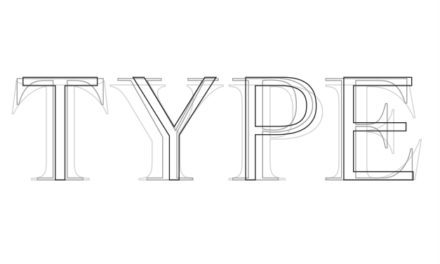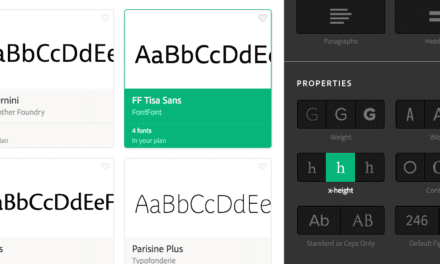ARTICLE SUMMARY: As a UX designer, your goal is to deliver the best UX experience possible. Anything less than your best will put your project in danger of failing.
To help designers give their best it’s important to seek a detailed and thoughtful evaluation of your work that is aimed at identifying its strengths, weaknesses, and opportunities for improvement. In other words, UX design should be critiqued, and not just at the end of the project, but, throughout the whole design process.
In Jeremy Bird’s “Improving design critiques,” he looks at the critique process in general, how it can fall short of its goal of delivering a great UX experience, and how to improve that process and give it a more focused approach. Some of the topics he talks about include:
- Understand different design feedback meeting purposes
- Align on design meeting criteria
- Design a structured critique process
It is important for designers to know the difference between critique and criticism. Criticism is often subjective, lacking rationale, and can be vague, harsh, or personal. That benefits no one. Critique on the other hand aims to improve, not point out the flaws in a project. It encourages discussions that offer insights or suggestions that can guide the designer to the next steps in the project.
This article also goes into great detail on how to give a critique, and, more importantly, what some designers find hard, how to receive a critique of your project. Designers need to remember that critique is about the strengths of design decisions and how we arrive at those decisions.
This in depth article is well worth the read, let us know what you think in the comments.
.




